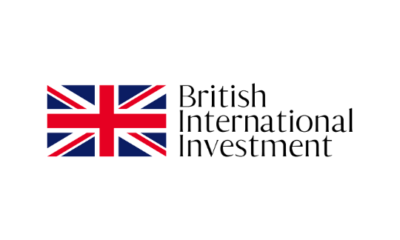- BOE Keeps Interest Rate on Hold as Inflation Seen Cooling Faster
The Bank of England kept interest rates on hold after a first-quarter economic slump and said inflation will slow faster than previously anticipated.
The Monetary Policy Committee voted 7-2 to hold at 0.5 percent, as predicted by all but three of 54 economists in a Bloomberg survey. While Ian McCafferty and Michael Saunders reiterated their support for an immediate increase, investors pared their bets on a rate hike this year. The pound fell.
The decision ends a roller-coaster ride for investors who had expected an increase until a few weeks ago, when data revealed a near standstill in economic growth and slower-than-expected inflation. While the BOE keeps alive the prospect of tighter policy to come, its statement suggests a gentle pace.
The pound dropped after the decision, erasing earlier gains. Money markets now show the probability of an August increase in borrowing costs as only about 50 percent, and a hike by the end of the year — previously fully priced in — at about 85 percent.
Sterling dropped 0.3 percent to $1.3505 as of 12:15 p.m. in London, after earlier climbing as much as 0.5 percent.
Explaining their decision to stand pat this month, the majority of the MPC noted the recent weak numbers. They said that “the costs to waiting for additional information were likely to be modest, given the need for only limited tightening over the forecast period.”
Governor Mark Carney will elaborate on the outlook at a press conference at 12:30 p.m. in London.
Future Increases
New forecasts from the central bank showed inflation will slow more sharply, falling to the 2 percent target in two years. But it said this is partly because the pass-through of the pound’s depreciation since the Brexit vote is happening faster. It still sees a small amount of excess demand in the economy by early 2020.
The Inflation Report also showed that about one quarter-point hike a year will be needed to return inflation to the goal after the first increase in a decade last November.
“An ongoing tightening of monetary policy over the forecast period would be appropriate to return inflation sustainably to its target at a conventional horizon,” the BOE said. It repeated its well-worn refrain that future increases will come “at a gradual pace and to a limited extent.”
The BOE isn’t the only central bank to wobble on the exit ramp from the easy money of the past decade, even as the U.S. Federal Reserve sticks to its plan to gradually raise rates. The European Central Bank may now wait until after June to outline its next steps, while the Bank of Japan recently played down when it will reach its 2 percent inflation target. Sweden’s Riksbank and the Bank of Canada have also revised their tightening expectations.
Growth Outlook
In the updated forecasts, the U.K. central bank sees growth at 1.4 percent this year, down from 1.8 percent in February. But it puts all this down to the first-quarter slump, which it suspects will be revised up to 0.3 percent from the initial estimate of 0.1 percent. The bank’s forecasts for 2019 and 2020 were unchanged at 1.7 percent.
The MPC’s two dissenters in favor of tighter policy put more weight on surveys suggesting the slowdown was temporary and signs that domestic inflationary pressures are building.
Their argument hinges on the labor market, where unemployment is the lowest since the 1970s and wage growth is picking up, bolstering their assessment that slack is largely used up.
The central bank reiterated that the economy may be running a bit hot for its potential as negotiations to leave the European Union constrain the supply side. With the split scheduled for March 2019, the BOE said managing the implications of Brexit remains the main challenge for rate setters.

 Naira4 weeks ago
Naira4 weeks ago
 News4 weeks ago
News4 weeks ago
 Naira4 weeks ago
Naira4 weeks ago
 Travel3 weeks ago
Travel3 weeks ago
 Jobs4 weeks ago
Jobs4 weeks ago
 Naira3 weeks ago
Naira3 weeks ago
 Naira3 weeks ago
Naira3 weeks ago
 Investment4 weeks ago
Investment4 weeks ago






























